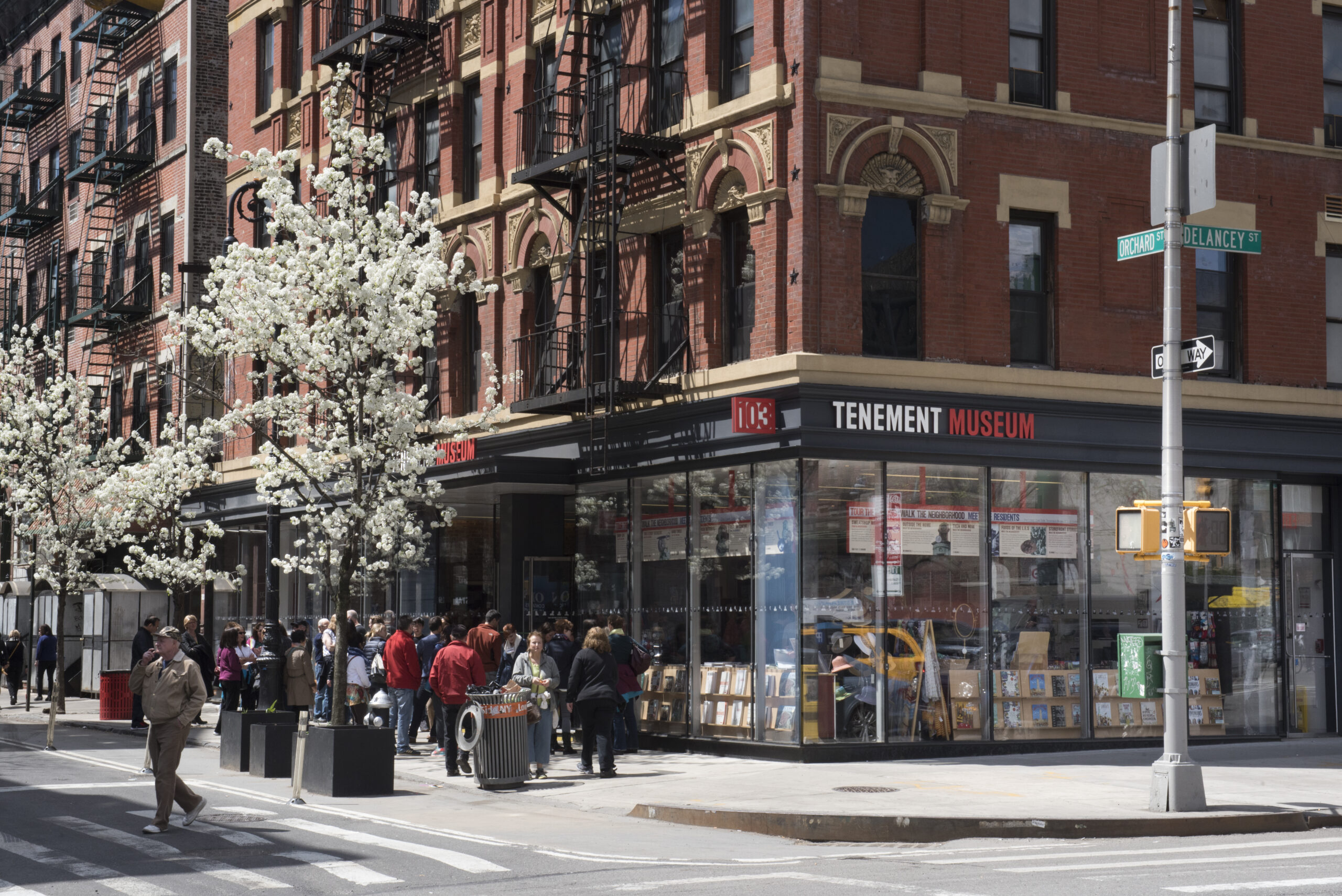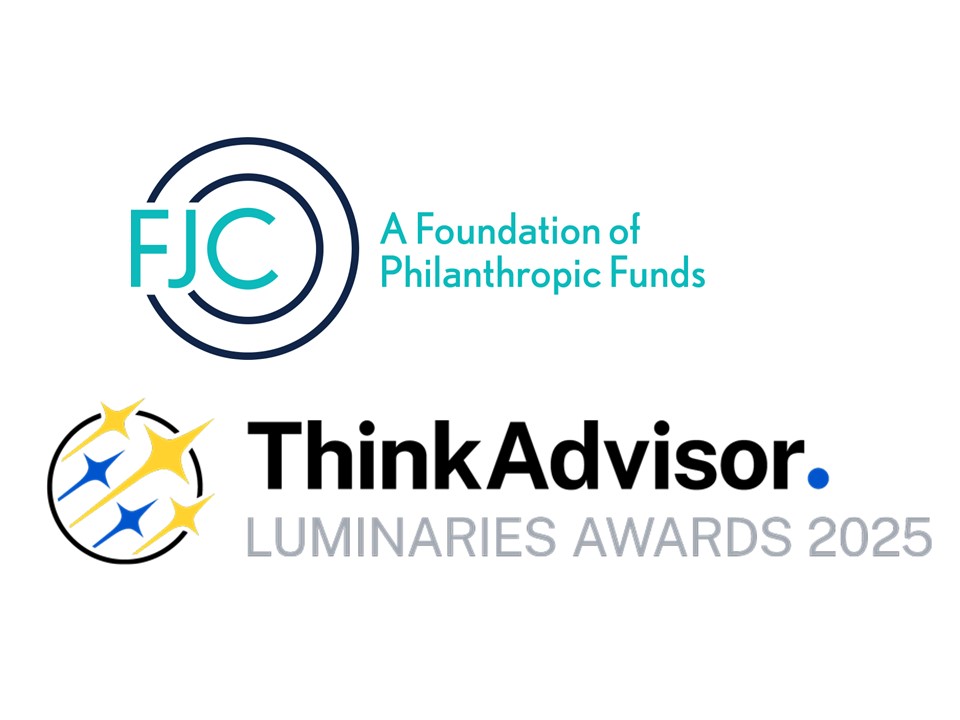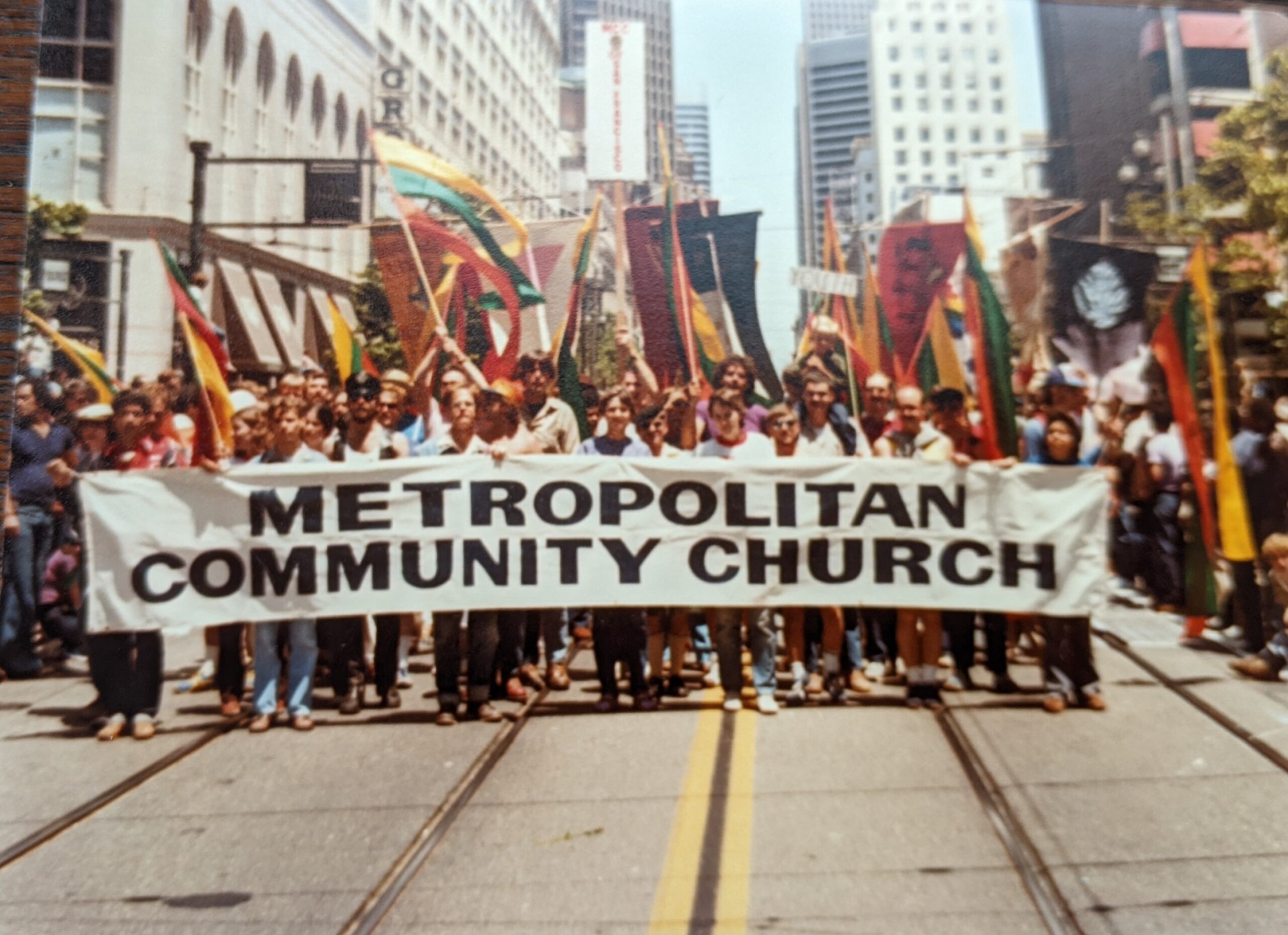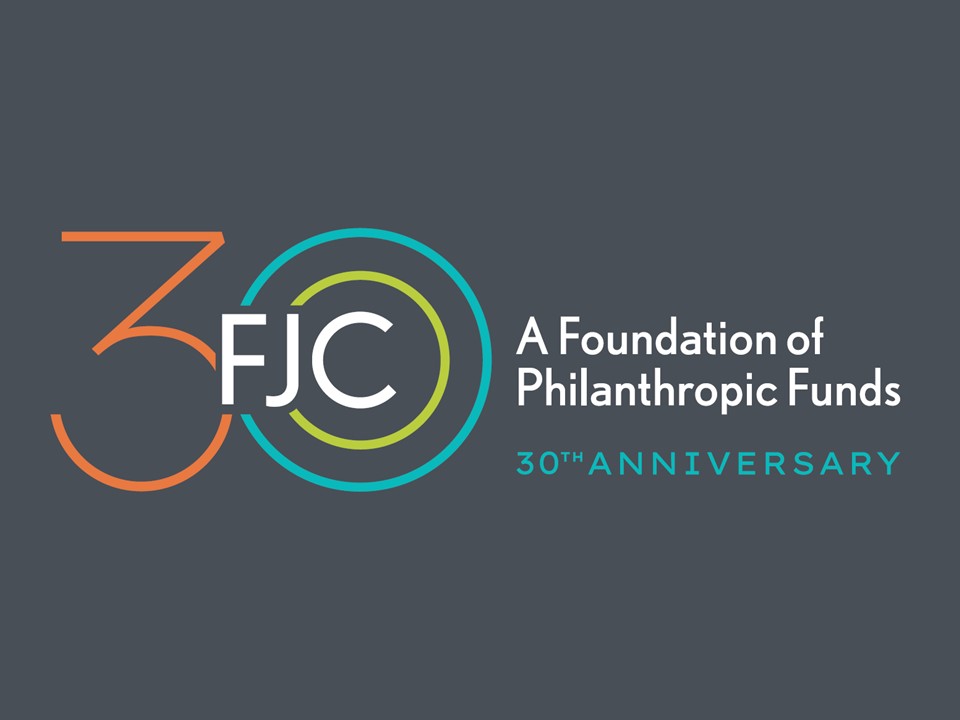We invite you to read this guest essay by CEO Sam Marks published in Inside Philanthropy. The article suggests that “this is a time to experiment with deploying philanthropic dollars more strategically to help nonprofits address those issues more effectively and spend more effort on mission-critical work.”
The essay recommends that donors look beyond grantmaking for their philanthropy and consider other approaches to using philanthropic capital. Examples cited include the revolving predevelopment fund FJC arranged for the Fortune Society, and the refinancing of the Tenement Museum’s mortgage through a DAF investment.
From the essay:
The conversation between philanthropy and nonprofits very often begins and ends with grantmaking, and there is no question that grants are a key component of nonprofit business models. But the nonprofit sector could surely benefit if this conversation were more expansive — on both sides. Nonprofit practitioners could be more explicit with their philanthropic partners about their cash flow challenges that distract senior management from a full focus on their missions, or the capital resources they need to grow and be truly transformative. Donors could consider more inventive and mission-focused uses of the philanthropic dollars that are currently invested in the private sector, whether in foundation endowments or in DAF accounts. These approaches depend on donors and nonprofits engaging more deeply and finding a common cause.
Simply put, there’s an opportunity to grow beyond the conventional relationships between donors and nonprofits by elevating creative, entrepreneurial thinking. Sponsors of DAFs, in particular, can play a role in helping small donors align their funds and execute some of the more inventive uses of their philanthropic dollars, such as loans, recoverable grants or impact investments. DAF sponsors have always offered donors operational scale and efficiency; why not also offer technical and legal assistance to facilitate these more complex transactions? Or to pull together multiple donors that want to work collectively to create a solution?
This vision for DAFs is not just about more effective donations; it’s about building a more robust philanthropic ecosystem where the interests of donors, nonprofits and beneficiaries converge.
Read the full essay here.




